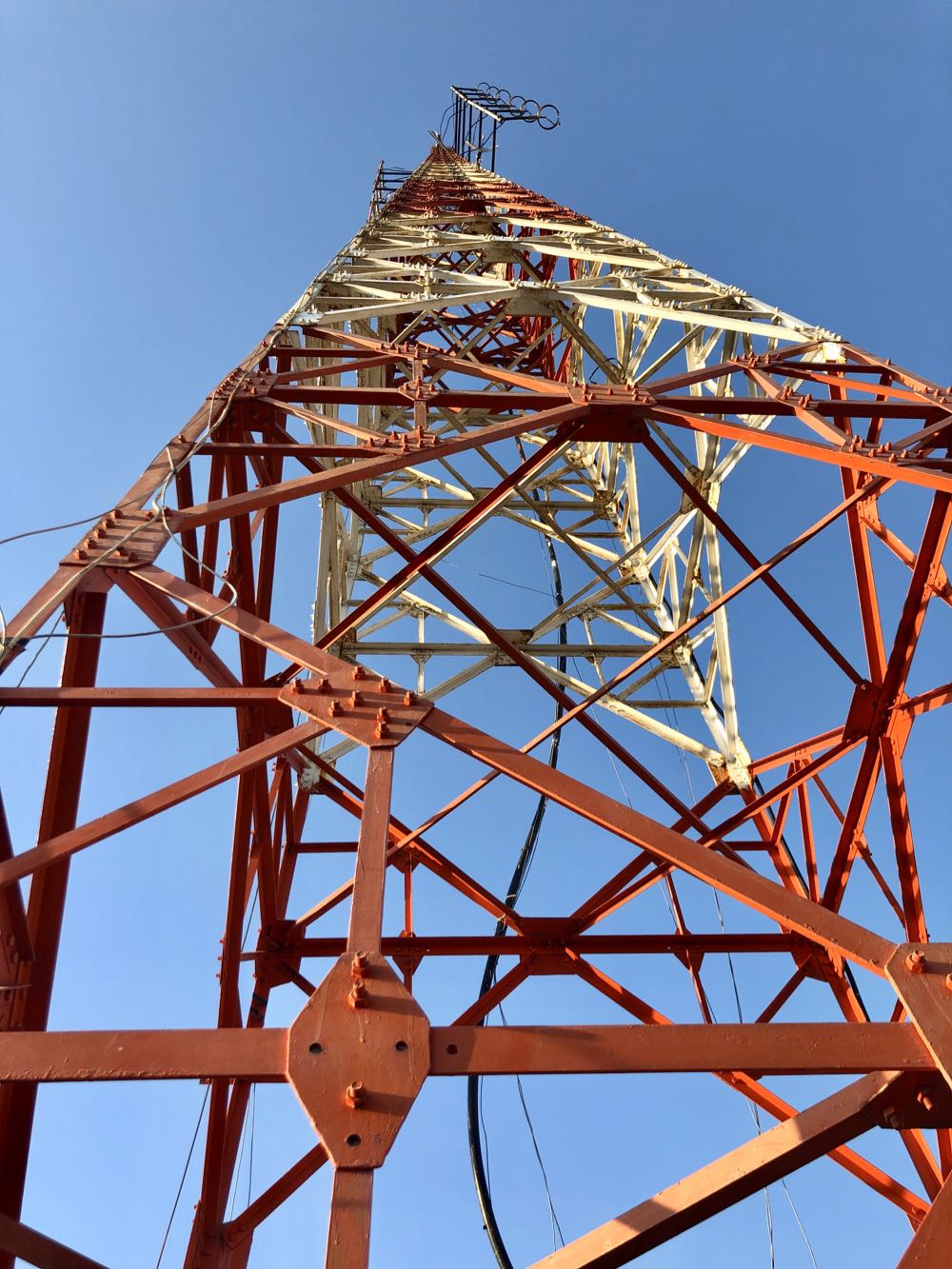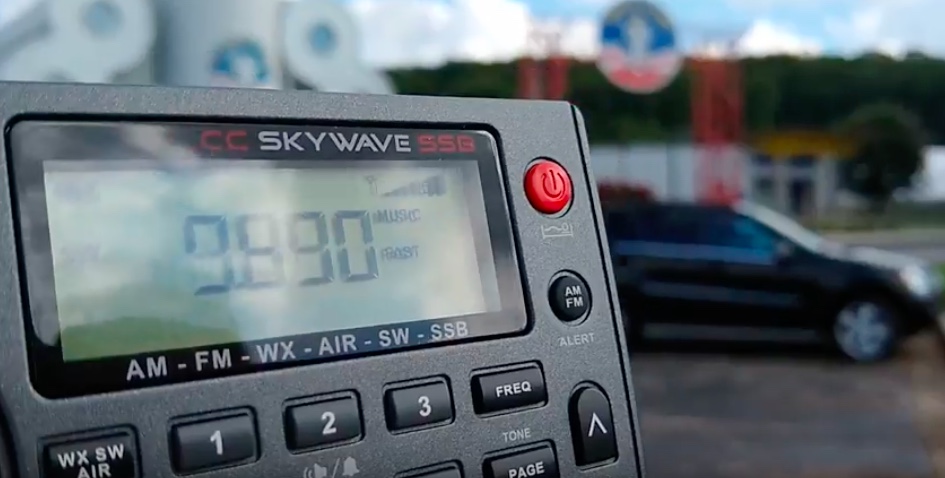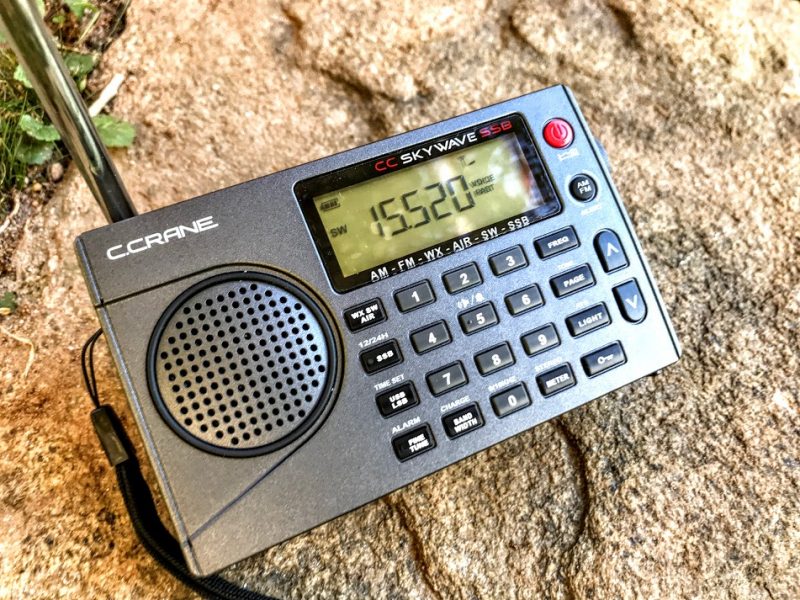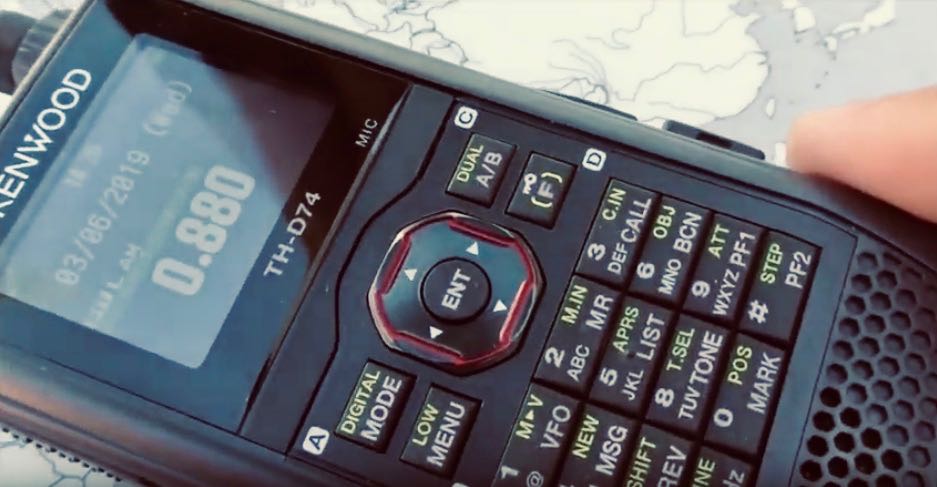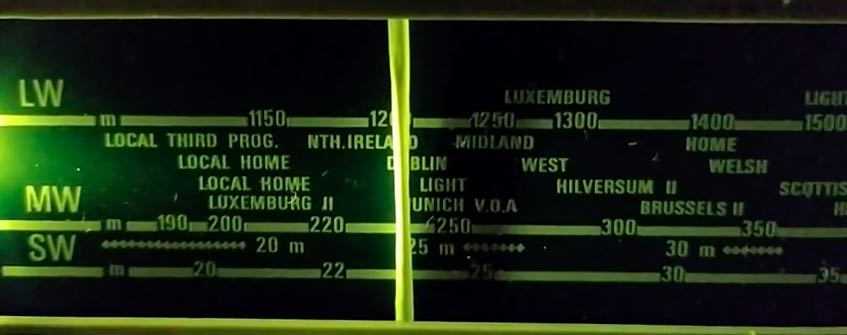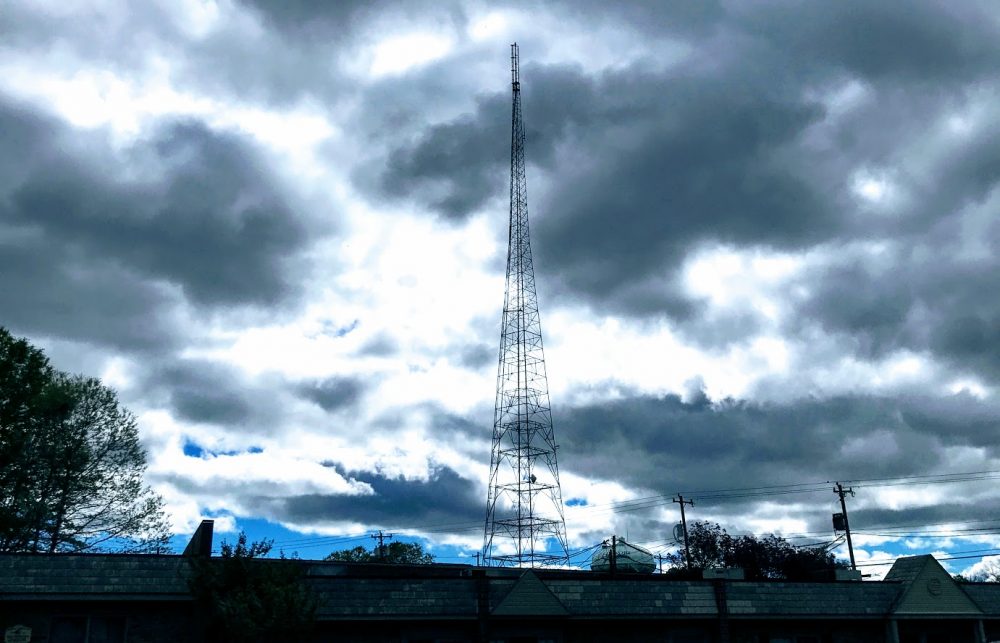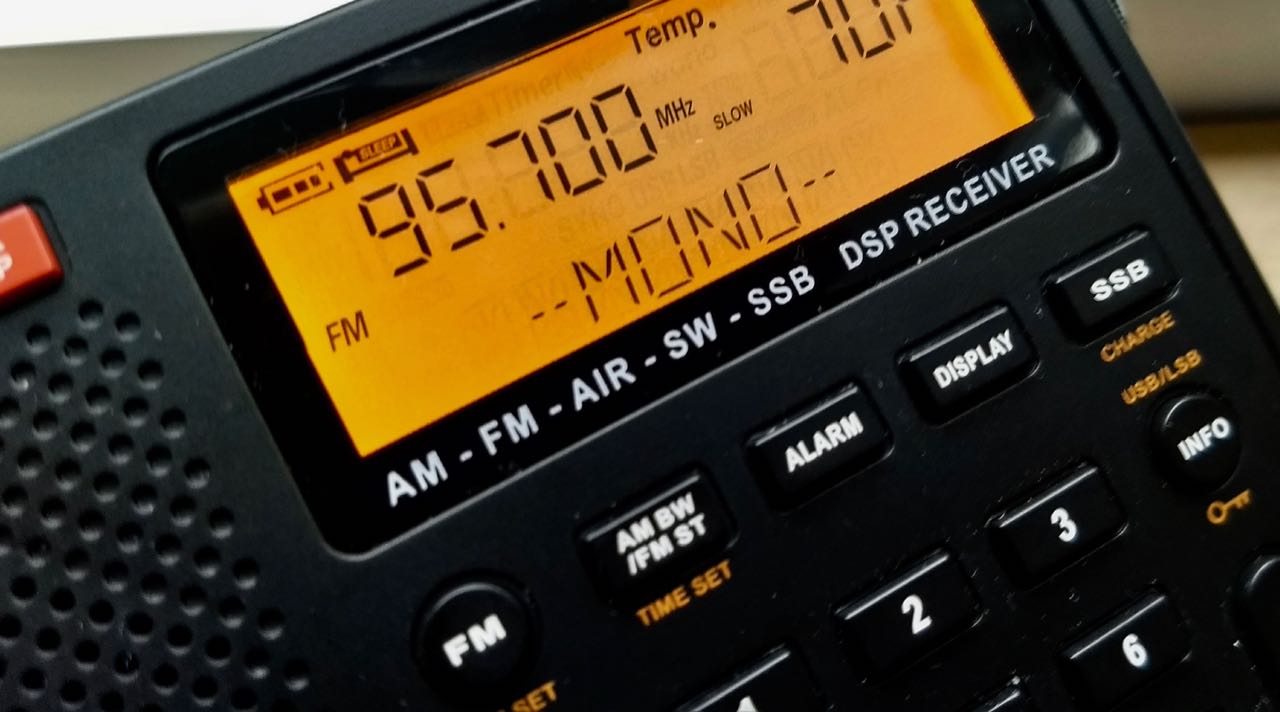Radio Waves: Stories Making Waves in the World of Radio
Welcome to the SWLing Post’s Radio Waves, a collection of links to interesting stories making waves in the world of radio. Enjoy!
Many thanks to Eric Jon Magnuson for the following tips:
How the Capital Tuned in to Hyper-Local Radio (Standard.co.uk)
The capital’s local radio scene is having a renaissance. From pub garden pop-ups to shipping container stations, Londoners are falling back in love with FM (and DAB/online/smart speaker/insert new mode of listening here). Tuning in has never been better, says Jessica Benjamin — antennae at the ready, it’s time to meet our favourite local stations
Westside — Hanwell 89.6 FM
Broadcasting from Hanwell’s Clocktower Mews to west London, Westside Radio was launched in 2007 by none other than Boris Johnson himself. ‘He promised to come back to Westside if he was elected mayor on the condition that we would play songs by The Clash,’ station manager Sone Palda tells me. ‘All of this while he was surrounded by Labour MPs and councillors in the studio.’ Big name politicians aside, Palda is both excited by and concerned for the future of local radio. ‘In this era community radio is one of the key mediums producing genuine local content and news,’ he says. ‘Most of the local independent commercial stations are being bought up by the big groups, then being rebranded and losing their identity. We want to remain being a platform for emerging radio presenting and production talent, and to continue entertaining our dedicated local audience.’
Soho Radio — Soho
Launched in 2014 and broadcasting live from Broadwick Street, Soho Radio has serious clout when it comes to big name presenters. Think Primal Scream’s Simone Marie Butler, Groove Armada’s Tom Findlay, Jim Sclavunos of Nick Cave & The Bad Seeds and Metronomy’s Anna Prior to name a few — and they don’t just stop at radio. ‘We won Event of the Decade [in Time Out magazine] for our 12-hour street party broadcast with R3 Soundsystem,’ station manager Rachael Bird says. ‘We had some amazing DJs join us live on air, with the likes of Seth Troxler, Norman Jay, Artwork, Eats Everything and Sink the Pink gracing the decks. The day culminated with our very own lorry sound system pulling up in the streets of Soho to finish the street party with a bang — it didn’t last long before it got shut down (whoops!) but was definitely a Soho Radio highlight and a day to remember.’ The grassroots online station has since expanded to the Big Apple, where it has been streaming from Lower Manhattan since late 2020 for a double dose of Soho listening. [Continue reading the full article…]
This Ukrainian radio station is staying on air for the war effort from a makeshift studio in the mountains (The Current – CBC)
Kraina FM CEO Bogdan Bolkhovetsky says station helps military, lifts people’s spirits
A Kyiv radio station is broadcasting from a makeshift studio to bring Ukrainians the latest news about the war, and music to lift their spirits during the hours spent sitting in air raid shelters.
“In Kyiv, air raid alerts are eight to nine times a day, lasting from 30 minutes to three hours,” said Bogdan Bolkhovetsky, CEO of Kraina FM, an independent Ukrainian music station.
“And while people sit in shelters, they sing … Ukrainian songs,” he told The Current’s Matt Galloway.
Playing a variety of Ukrainian on the airwaves “is good for people … it brings back some normality to life, I guess,” he said.
Bolkhovetsky and his family fled Kyiv in the days after the Russian invasion began on Feb. 24. Members of his team also fled, and they regrouped in a small village in the Carpathian Mountains on Feb. 27. The village lies south of Lviv in the west of Ukraine, where many refugees have fled to escape Russia’s advance from the east. Some find refuge in the west’s smaller towns and villages, but others press on to cross into neighbouring Poland or Slovakia.
Click here to read the full article and listen to the audio at The Current.
Swedish Radio reconsiders its digital strategy (Red Tech)
Cilla Benkö is the director general and CEO of Sveriges (Swedish) Radio. She started as an intern in the sports department when there were very few females in the industry. Benkö, who has worked at the organization for more than 30 years as a journalist and has held several managerial positions, provides insight into how Swedish Radio is navigating today’s evolving landscape. Continue reading

